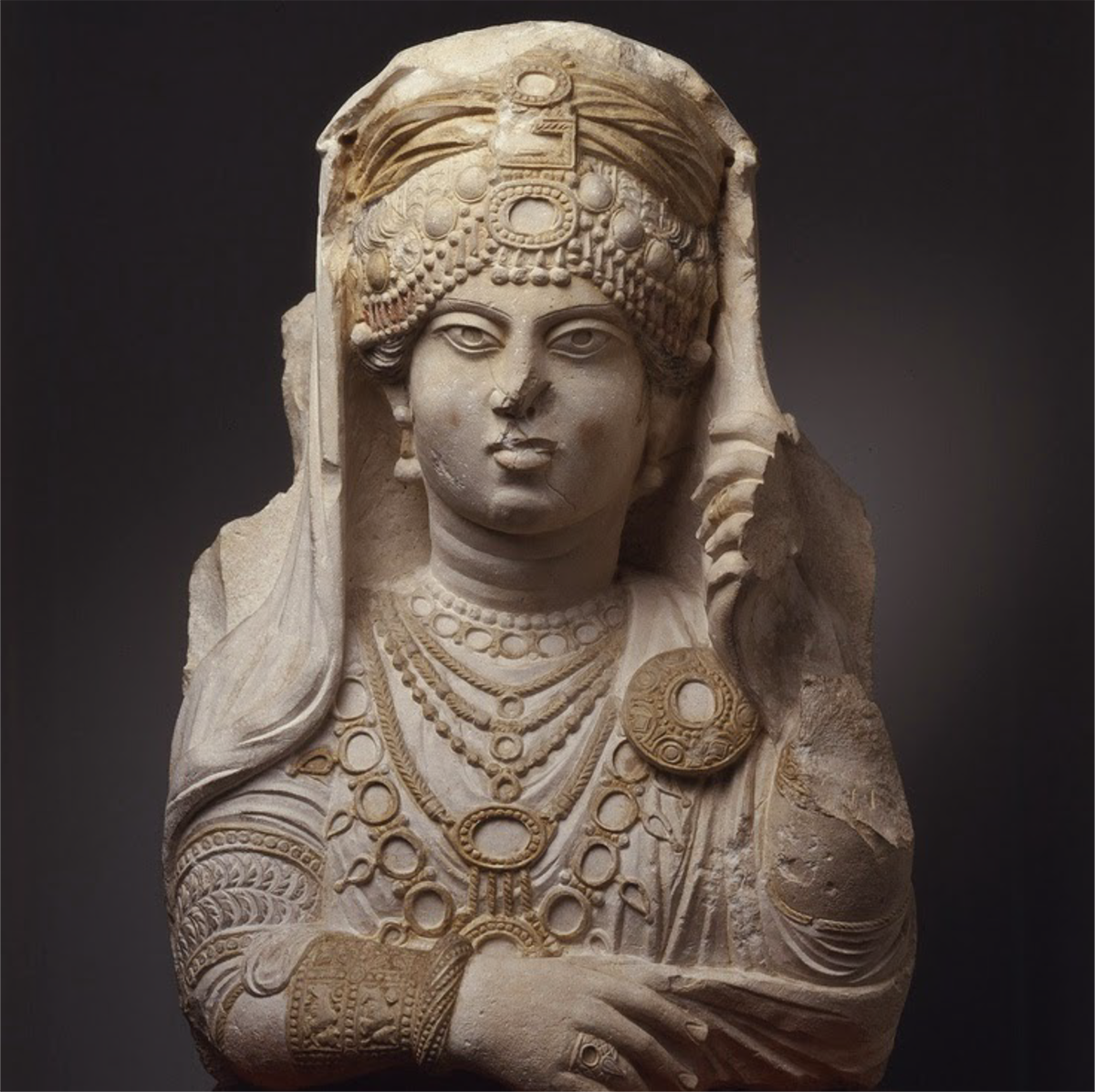Art of the Ancient Middle East: The Period of Roman Influence

Meets with ARCHAM 470.002 and HISTART 627.001
Empires and people groups engaged, came into conflict, did business, and shared lives, in the ancient Middle East in the period marked by Roman influence between the first and fourth centuries AD. Monumental buildings, rock-art carvings, sculpted and painted tombs, and mosaics, among other artifacts of visual culture, bear testimony to the complex layers of interaction, competition, selection, change, and adaptation, that the peoples of this region negotiated in these centuries. In this course we will consider these visual materials, as well as the built environments of sites ranging from the rock-cut desert tombs of Petra (Jordan) and Mada'in Saleh (Saudi Arabia) to the harbor towns of Tyre and Byblos (Lebanon), and including images ranging from the anionic domestic wall painting of the Nabataeans to sculpted portraits of Mesopotamian figures in Persian dress (East Turkey and Iraq). Throughout, we will pay attention to the complex negotiations of identity and cultural signifiers of belonging that were employed by people in the varying landscapes of the Middle East in this time. We will ask what it means for art to be 'Roman', 'Persian', or 'Nabataean', (amongst other cultural appellations), in this context, and consider how a visual history of this region of cultural diversity might most accurately be constructed and ordered.
Textbooks/Other Materials: All readings will be available on Canvas, or through course reserve
Course Requirements
Intended Audience: Interested undergraduates of all majors
Class Format: 3 hour seminar to allow for in depth discussion and extended visual analysis of works in the Kelsey Museum of Archaeology and Detroit Museum of Art.(NB: class meets with 600 level class on same topic)
Keywords: History; Art and Artefact; Roman Culture; Theory; Archaeological Approach/Context